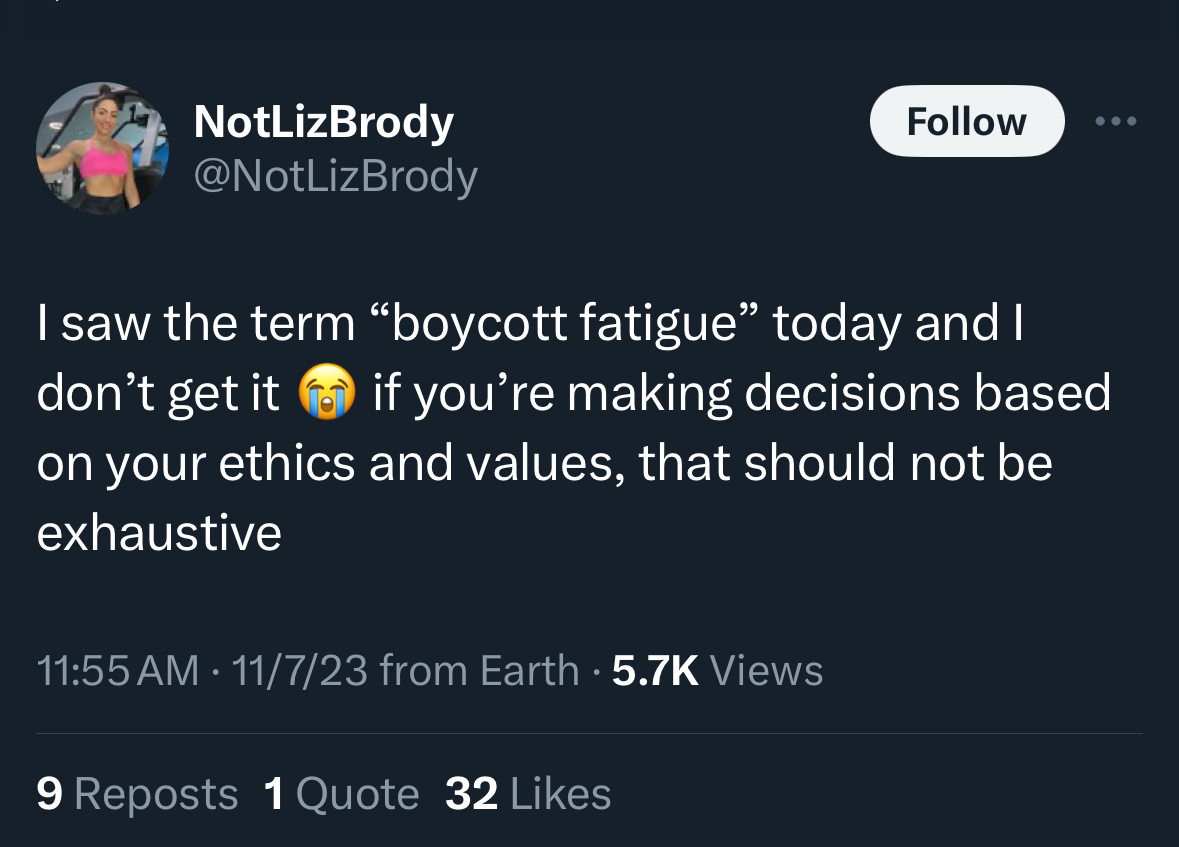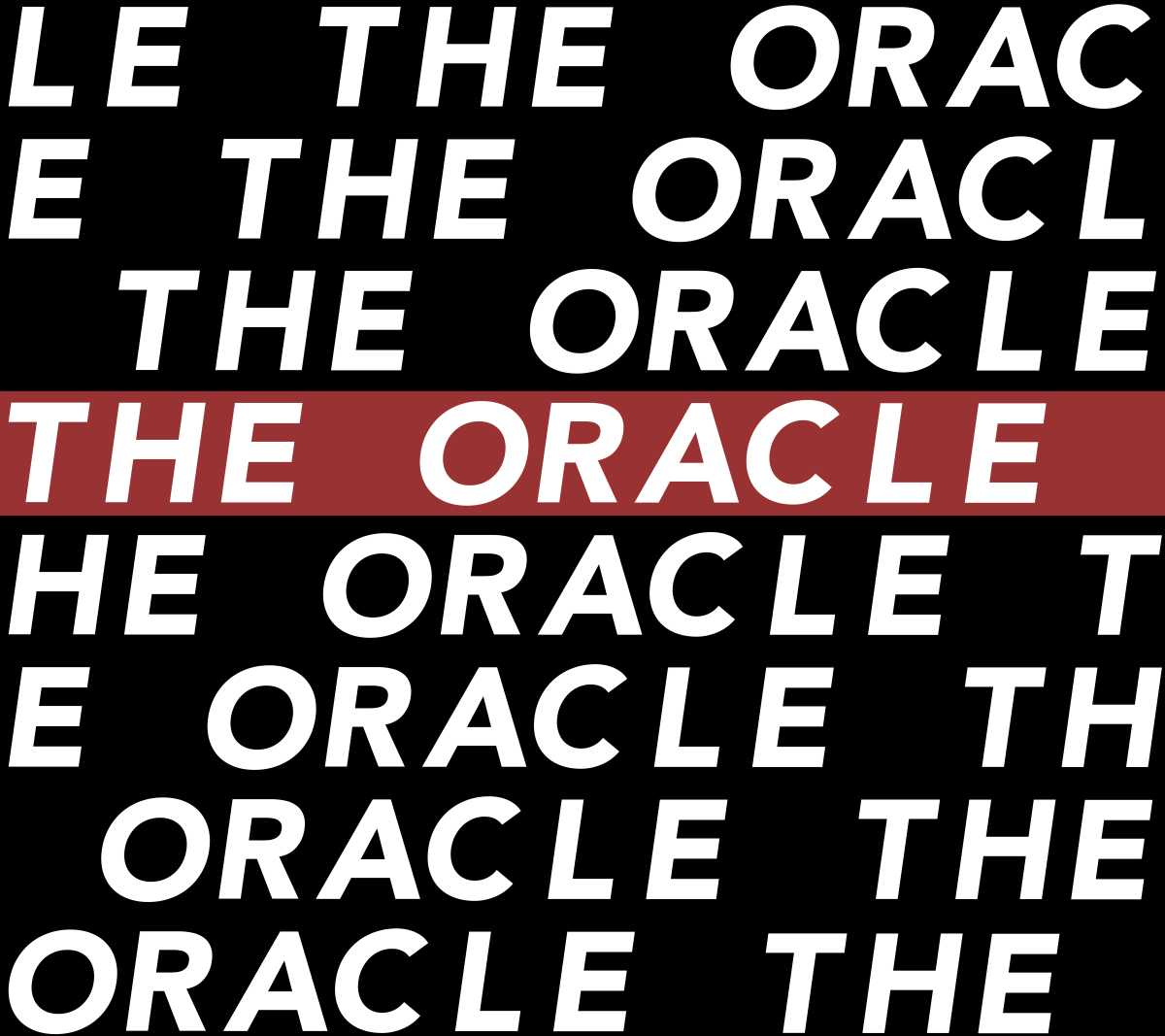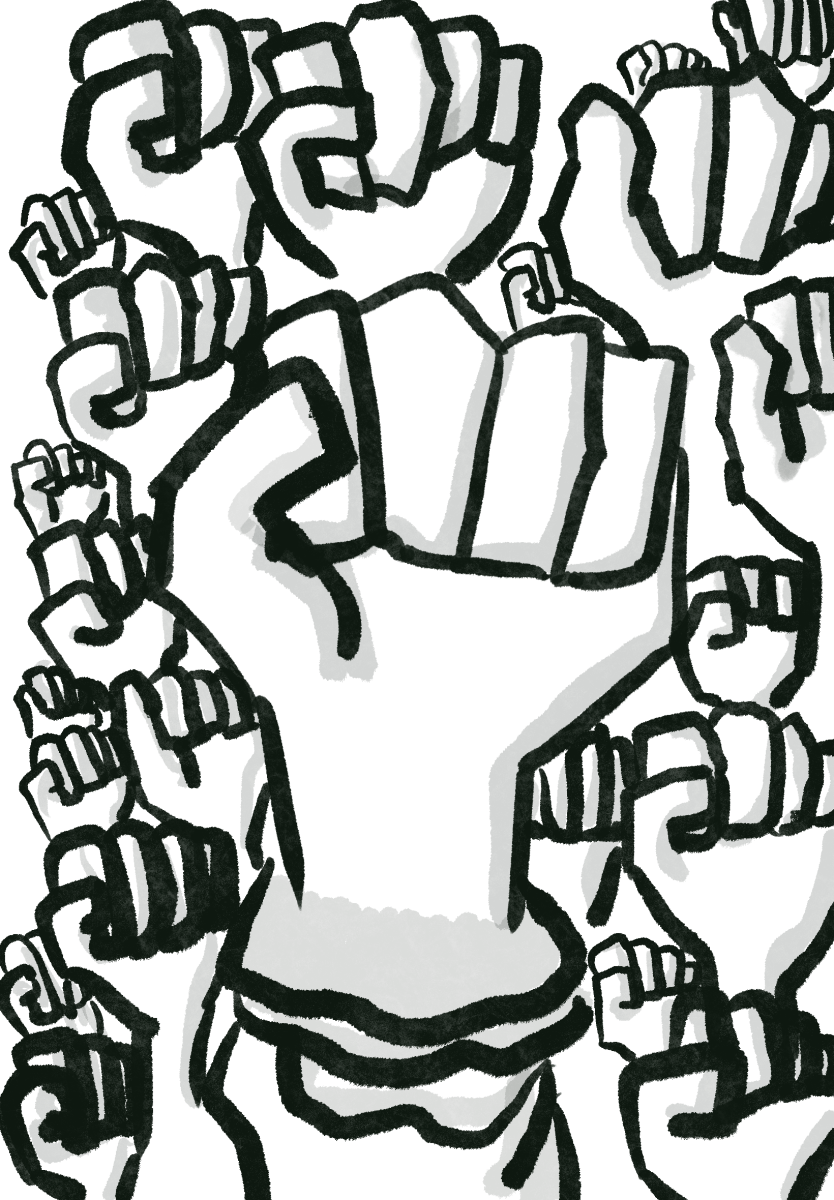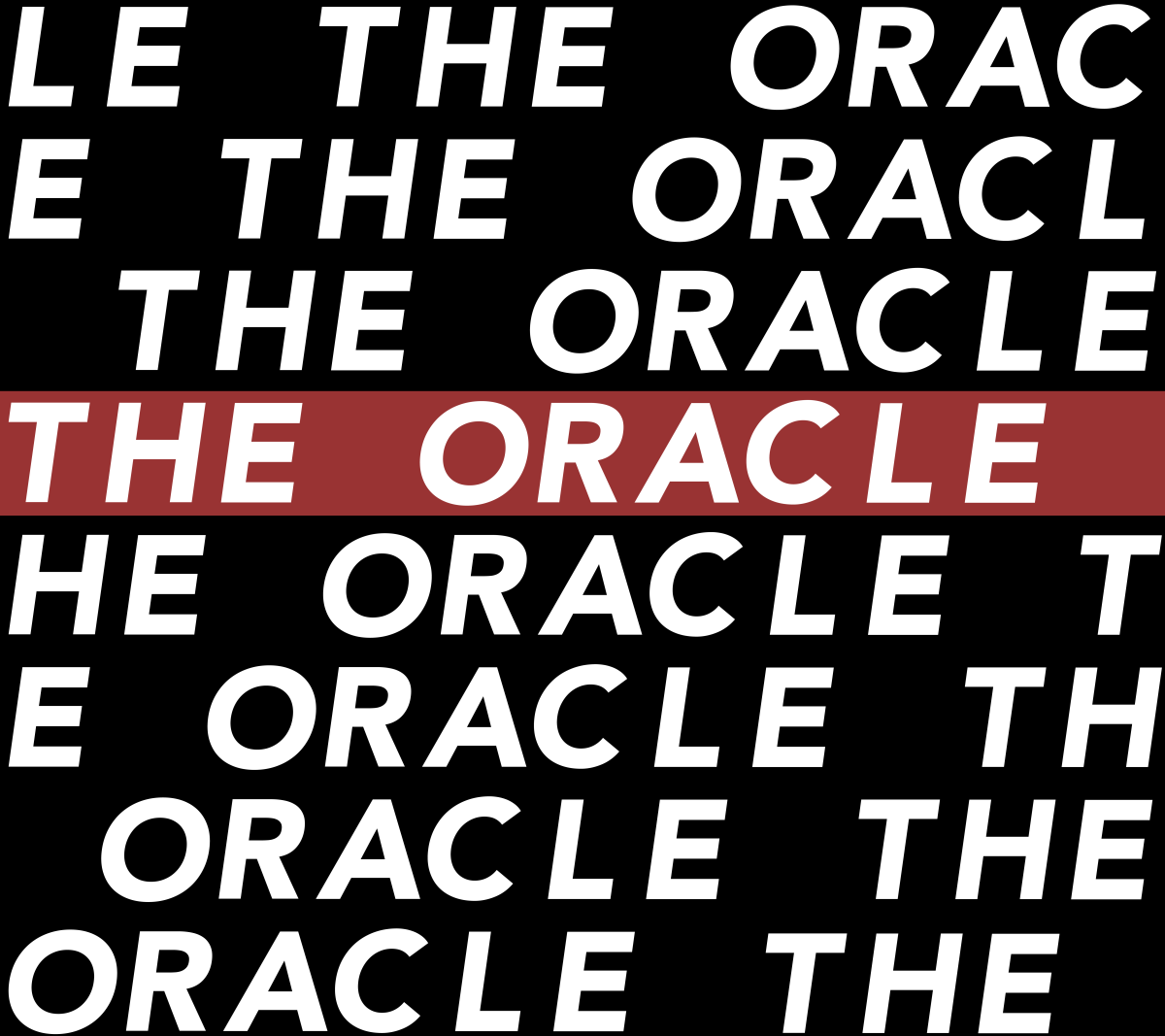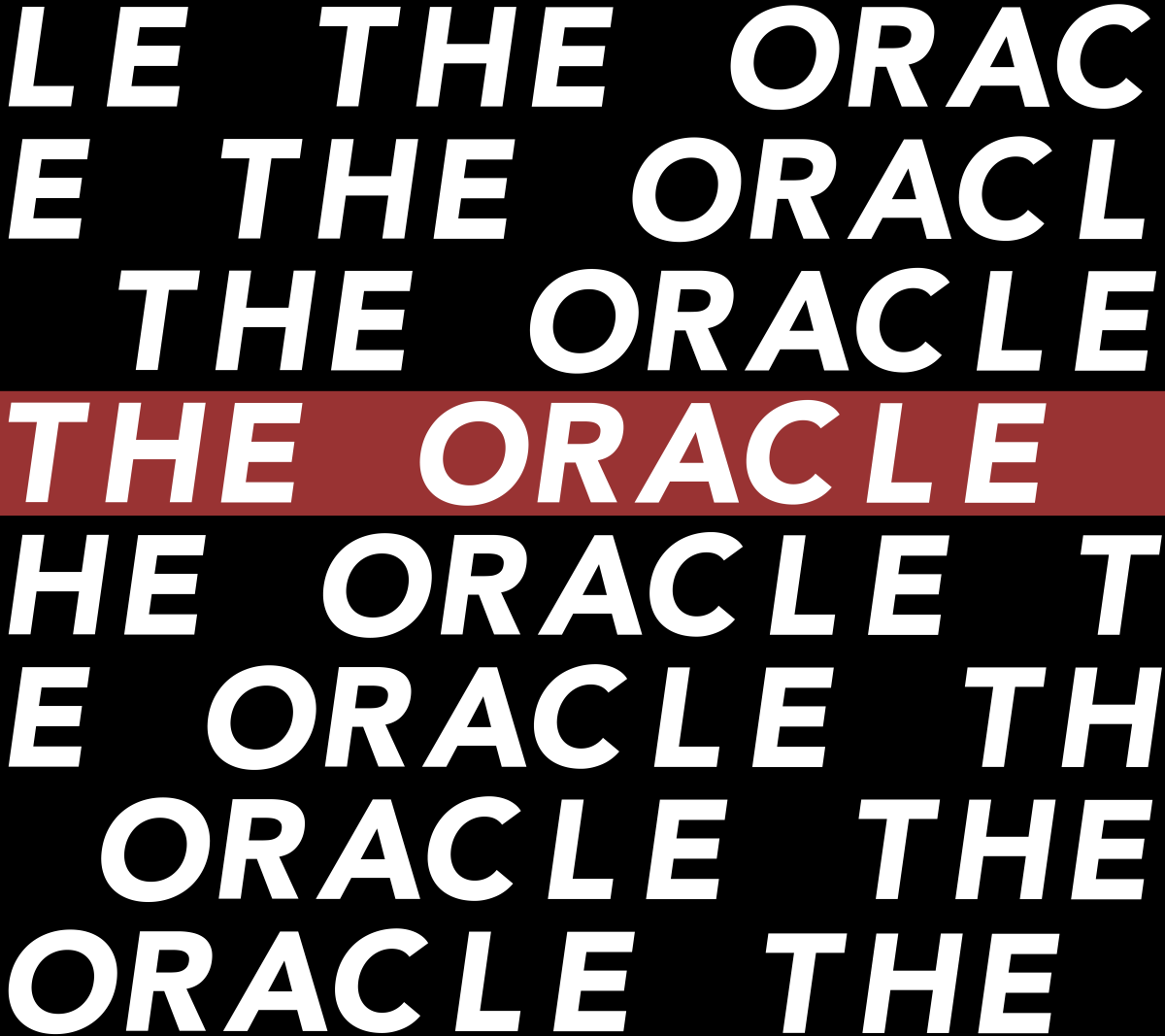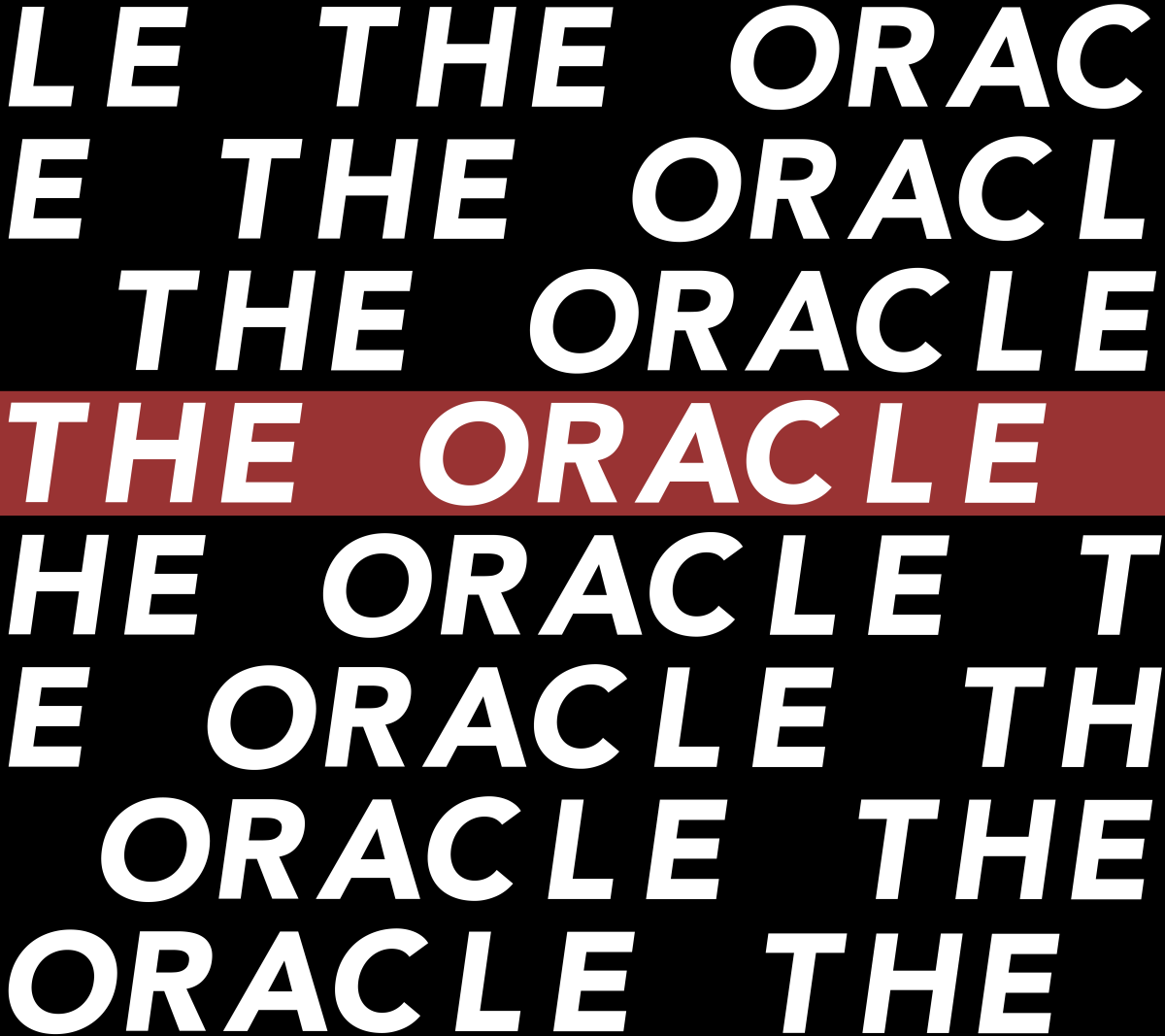During times of political unrest, the term “boycotting” has always been thrown around. As social media is filled with companies to boycott, those who have never participated before may become overwhelmed by the sheer amount of information overload.
Right now there are calls for the boycott of companies supporting Israel due to the conflict in the Middle East. Palestinian-run organizations such as Boycott, Divestments and Sanctions (BDS) are leading this effort: naming the top companies to boycott and playing a massive part in spreading awareness of the issues these companies are causing for the Palestinian people.
Three valuable questions need to be answered to make this form of protest understandable and accessible for newcomers. What is boycotting? How does someone boycott? Why does boycotting matter?
What is a boycott?
The Oxford Dictionary’s definition of boycott is to, “withdraw from commercial or social relations with (a country, organization or person) as a punishment or protest.” To put it simply, the purpose of boycotting is to inflict economic loss on a company or to demonstrate moral outrage from consumers with the intention of compelling companies to alter an objective behavior.
One example can be found in 2008, when Heinz pulled a commercial off air that featured two gay men kissing after backlash, the gay rights activist group Stonewall called for a boycott to demonstrate the consumer’s lack of tolerance for homophobia and Heinz’s complacency in the hate.
Even as recently as this past summer, Target got caught up in the midst of one of America’s many culture wars. With the release of their pride collection, groups such as the conservative legal group America First Legal, called for a boycott of the company. In response to both the boycott and thousands of threats being made to employees and store locations across the country, Target pulled several pieces of the collection off the shelves. The queer community and several human rights groups called Target out for their behavior, saying that they were not standing by the LGBTQ+ community after years of support.
This particular boycott significantly impacted the company, even if it seemingly only lasted a few months. During Target’s second quarter, Target’s corporate website recorded that in-store sales dropped by 5.4% and online sales dropped a considerable 10.5%
While the first method of boycotting people think of is financial, there are many kinds with a rich history here in the United States. One of the most famous was the Montgomery Bus Boycott, also known as America’s first large-scale demonstration against segregation, which took place from Dec. 5, 1955 to Dec. 20, 1956.
Long term boycotting and boycott fatigue:
An important aspect of boycotting is staying consistent in the long term and being vocal about the boycott. It may take months for companies to truly feel the impact of the protests. Additionally, they may not be aware of it unless activists are sharing their agendas loudly and proudly.
X, the social media platform previously known as Twitter, is currently filled with discourse over a term recently coined as “boycott fatigue”, which is fairly self-explanatory — people are tired of constantly avoiding companies and adjusting their shopping and spending habits.
However, the people complaining about this experience are not getting the responses they expected. Where they may have assumed they were going to receive support and compassion, they have instead been receiving comments criticizing them for their lack of backbone. Other boycotters are shaming them for their lack of empathy towards the cause and being too invested in Starbucks’s newest drop on Nov. 2 than the direct harm the company is causing.
Finding convenient alternatives to brands one has continuously supported and intertwined with a daily routine is difficult. Starbucks, as mentioned before, is a particularly difficult one as it is one of the most convenient and wide-reaching coffee shops in the United States, not to mention the most culturally relevant with how tangled it is in social media spaces TikTok and Instagram especially.
Although Starbucks is not on the BDS’s list of companies to boycott, X users and activists have called for a boycott due to the brand’s widespread visibility along with the fact that the reasons for this particular boycott go beyond their support of Israel to address their alleged poor treatment of union workers and the fact that they are currently suing their employees.
An alternative to boycotting is supporting local coffee shops. For example, shops near Hamline University are Gingko’s Coffeehouse off Snelling Ave. and Minnehaha Ave. and Groundswell off of Hamline Ave and Thomas Ave. Along with making coffee at home, alternatives to a boycotted company may not be the same as enjoying a good six dollar iced latte from a coffee shop, but for the sake of the cause, it could be a necessary sacrifice.
To summarize, an answer to the question of “how to boycott,” is avoiding purchasing from companies in the long term along with sharing one’s grievances through social media, emails and other forms of communication.
Why does boycotting matter?
Boycotting gives consumers a chance to put their money where their morals are. By refusing to provide money to companies that support inhumane practices, whether that be the treatment of their workers or the countries and militaries in which they fund, people can come together as one and stand up to these businesses.
It is also one of the easier ways to protest, yet it is still effective for those who are unable to attend other forms of protests due to diverse reasons, such as timing and accessibility. For some, it may be easier to boycott nonessential goods, such as Puma and Bud Light, than attend in-person protests. It gives the average person the ability to make an impact in areas that feel beyond the reach of a single person.
As mentioned earlier, boycotting can also financially impact a company and pressure it to conform to the consumer’s moral agenda, such as rescinding funding to military organizations or organizations with the intent to harm a minority group.

